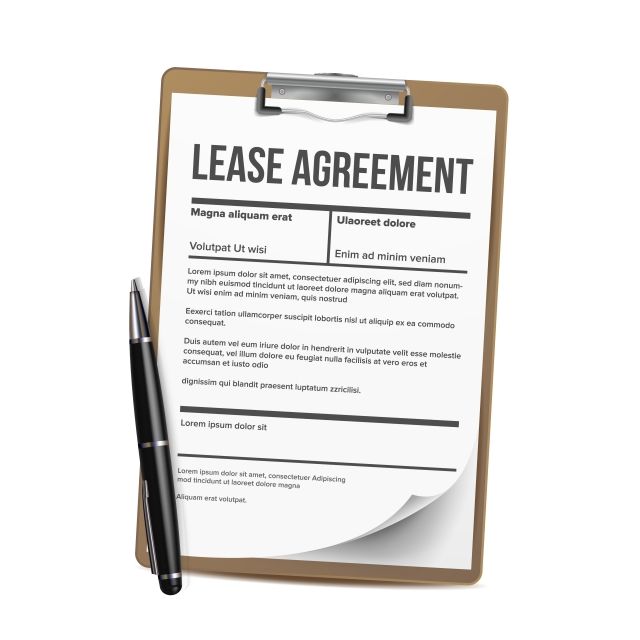CFD Trading: How to Backtest Your Strategy for Better Results
In the bustling world of financial markets, Contracts for Difference (CFD) trading offers a unique avenue to leverage market movements without owning the underlying assets. However, like any trading endeavor, success in cfd trading hinges on having a robust strategy. One of the best ways to refine and enhance your trading strategy is through backtesting. This process not only helps in validating your approach but also in bolstering your confidence before you enter live markets. In this blog post, we will explore the essentials of backtesting your CFD trading strategy to achieve better results.
Understanding CFD Trading and Its Nuances
Before diving into backtesting, it’s crucial to grasp the basics of CFD trading. CFDs allow traders to speculate on the price movements of various financial instruments, such as stocks, commodities, and currencies, without actually owning them. This offers a flexible and cost-effective way to trade with the potential for significant returns. However, it’s important to understand that trading CFDs involves high risk due to leverage, which can amplify both gains and losses.
What is Backtesting in Trading?
Backtesting is the process of testing a trading strategy using historical market data to evaluate its effectiveness. This involves applying your strategy to past market conditions to see how it would have performed. By simulating trades with historical data, traders can determine if their strategy has the potential to be profitable and make necessary adjustments before risking real money.
Importance of Backtesting in CFD Trading
Backtesting is an invaluable tool for CFD traders as it helps in identifying the strengths and weaknesses of their strategies. By analyzing how a strategy would have performed in different market scenarios, traders can gain insights into its reliability and potential profitability. Additionally, backtesting helps in refining strategies, enabling traders to make informed decisions based on data-driven insights rather than emotions or assumptions.
Steps to Backtest Your CFD Trading Strategy
1. Define Your Strategy: Clearly outline your trading plan, including entry and exit criteria, risk management rules, and the financial instruments you plan to trade.
2. Select Historical Data: Choose a data set that reflects the markets you intend to trade. This should include enough historical data to cover various market conditions.
3. Simulate Trades: Apply your strategy to the historical data and record the results. This involves executing trades based on your predefined criteria and analyzing the outcomes.
4. Analyze the Results: Evaluate the performance of your strategy by analyzing key metrics such as profit and loss, win rate, and drawdown. This will help in assessing its effectiveness and identifying areas for improvement.
5. Refine and Improve: Based on your analysis, make necessary adjustments to your strategy. This may involve tweaking parameters, optimizing risk management, or exploring alternative approaches.
Conclusion
Backtesting is a critical step in developing and refining a successful CFD trading strategy. By rigorously testing your approach with historical data, you can gain valuable insights and increase your confidence in its ability to deliver consistent results.


